No products in the cart.
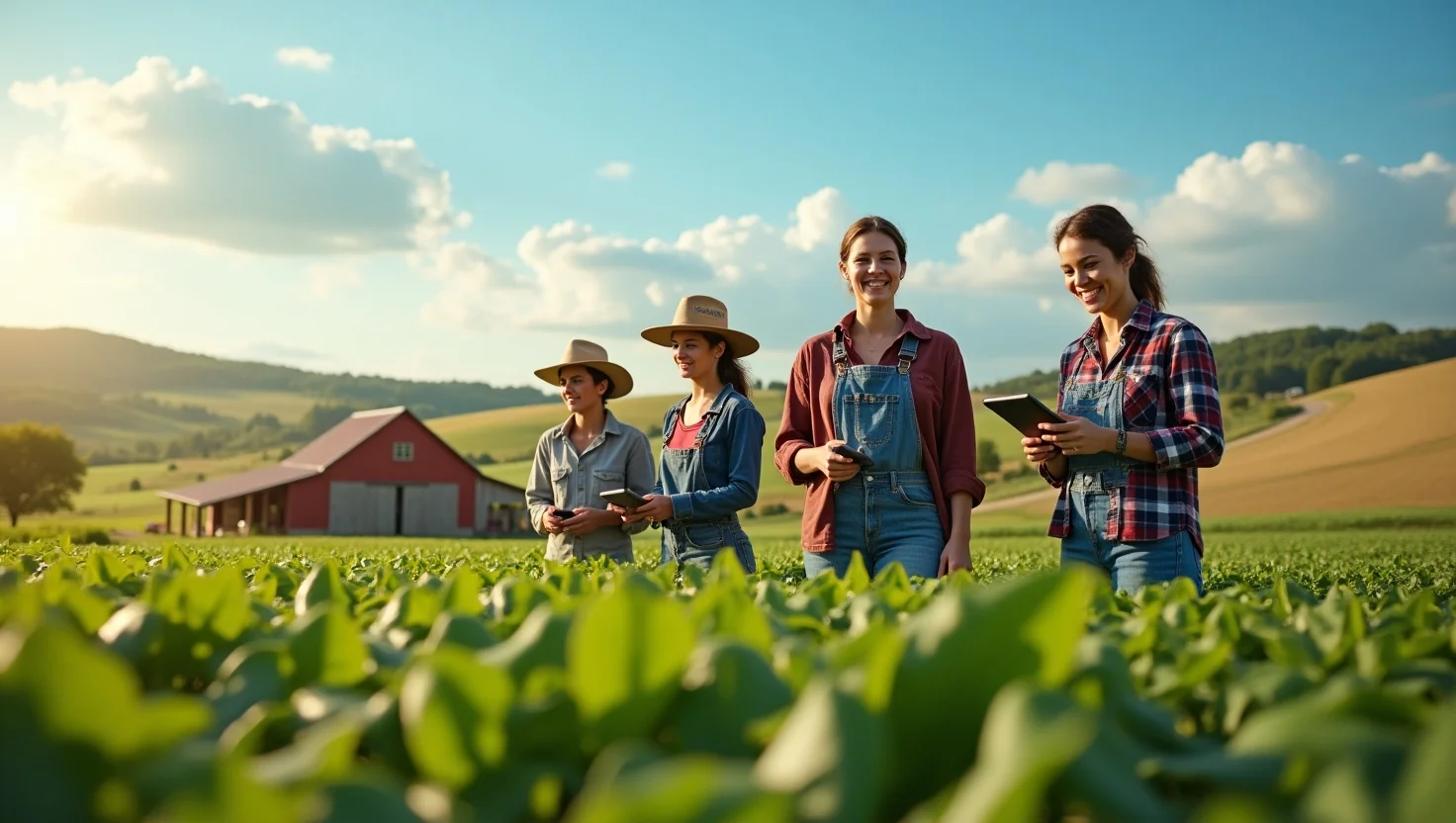
1.Introduction:
Small farmers across the United States are facing more pressure than ever. From unpredictable weather patterns and rising input costs to labor shortages and shrinking profit margins, traditional farming methods are no longer enough to stay competitive. But a quiet revolution is taking root, powered by artificial intelligence.
Once thought to be a luxury for large-scale agribusinesses, AI tools for small farmers are now becoming more accessible, affordable, and transformative. With the rise of smart farming technologies, smallholders are gaining access to precision tools that can predict crop yields, detect diseases early, automate irrigation, and even guide daily decisions through AI-powered apps. These innovations aren’t just increasing productivity, they’re helping small farmers survive and thrive.
What’s driving this shift? The convergence of machine learning in agriculture, precision farming, and government-backed initiatives is lowering the barriers to entry. More small farms are embracing AI not just to cut costs, but to stay resilient in a rapidly evolving food system.
This article explores how artificial intelligence is reshaping American farmlands, and why it might be the lifeline small farmers have been waiting for.
2. Why Small Farmers Are at a Crossroads
Farming in the United States is undergoing a major transformation, and small farmers are feeling the brunt of it. Over the past decade, many have struggled to keep up with the demands of a modern agricultural economy dominated by large agribusinesses and technology-driven operations. These challenges are not just financial, they’re structural.
Small-scale farmers often operate on tight budgets, making it hard to invest in labor, equipment, or new solutions. At the same time, climate change has made weather patterns more unpredictable, leading to unexpected losses. Add to that the increasing cost of fertilizers, seeds, and fuel, and it’s easy to see why many small farms are under pressure.
What’s more, there’s a growing technology gap. While large farms have the capital to invest in AI, drones, and precision equipment, smallholders often assume these tools are out of reach. But that’s changing fast. Affordable agri-tech tools are entering the market, designed specifically for small and mid-sized farms.
This crossroads is a moment of opportunity. With the right access and support, AI in small-scale farming could close the gap, helping these farmers boost productivity, reduce waste, and make smarter decisions.
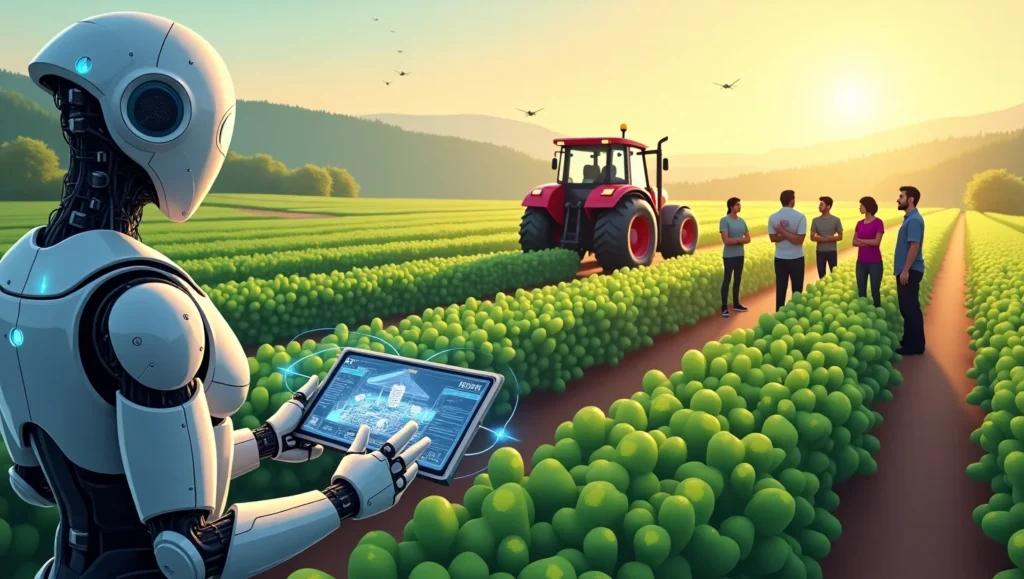
3. What Are AI Tools? A Quick Primer
Artificial Intelligence (AI) in agriculture isn’t just about robots in fields, it’s a broad set of technologies designed to help farmers make better, faster, and more informed decisions. At its core, AI in farming involves using data, algorithms, and automation to improve how crops are planted, grown, and harvested.
For small farmers, these tools can take many forms. AI-powered farming apps use real-time data from sensors and satellites to provide field-specific recommendations. Need to know the best time to irrigate? Want early alerts about pest infestations or plant diseases? There’s an AI tool for that. These solutions are increasingly being bundled into precision agriculture platforms that are user-friendly and tailored for smaller operations.
Machine learning, a subset of AI, is particularly powerful. It enables software to “learn” from farm data, like soil conditions, weather, and crop performance, and improve its recommendations over time. Drones, too, are being integrated with AI to conduct aerial surveys and monitor crop health with minimal effort.
Unlike traditional tech that often requires large upfront investments, today’s AI solutions for small farms are built with scalability and affordability in mind. This opens the door for smallholders to compete with industrial farms on a more level playing field.
4. Real Benefits of AI for Small Farmers
For small farmers in the U.S., the impact of AI isn’t just theoretical, it’s real and measurable. These technologies are offering practical benefits that directly address their most pressing challenges. From saving time to cutting costs, AI tools in agriculture are transforming everyday farm operations.
One of the biggest advantages is precision resource management. AI-powered systems can monitor soil moisture and weather patterns to optimize irrigation schedules, reducing water waste and boosting crop yields. Similarly, AI crop monitoring tools detect early signs of diseases or pest infestations, allowing farmers to take quick action before problems spread.
Labor is another pain point for small farms. Here, AI-powered automation, like smart tractors and robotic weeders, can help fill gaps, especially during peak seasons. While not all farms can afford full automation, AI solutions for small farms are increasingly designed to be modular and cost-effective.
In short, AI is not replacing the farmer, it’s empowering them. With the right tools, small farmers can work more efficiently, reduce uncertainty, and improve profitability.
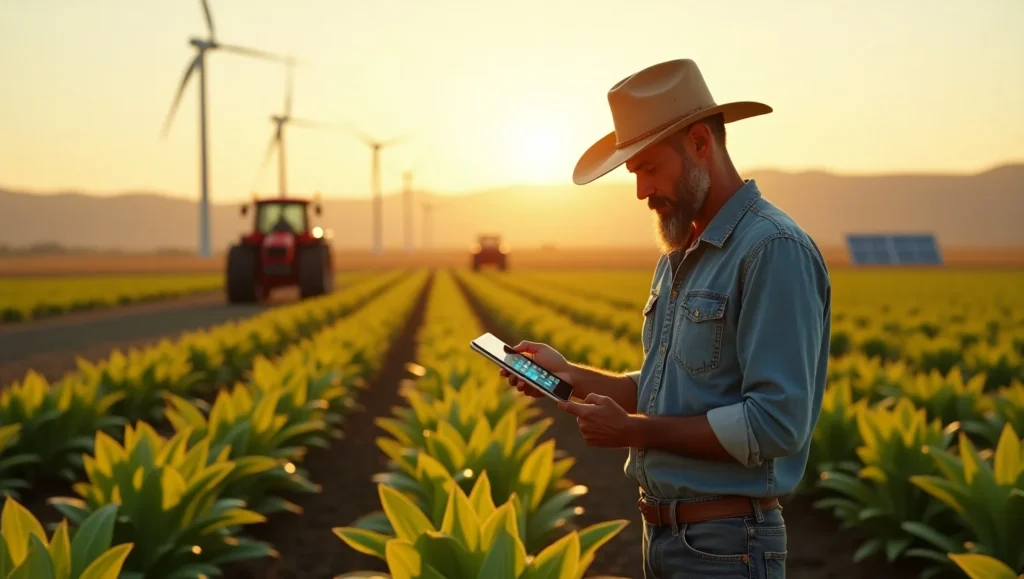
5. Case Studies – Success Stories from the Field
Across the United States, small farmers are proving that AI isn’t just for big operations. Real-life success stories show how adopting AI-powered farming solutions has led to tangible improvements in efficiency, yield, and sustainability.
In Iowa, a family-owned farm implemented a machine learning-based crop forecasting tool that uses satellite imagery and historical weather data. Within one season, they saw a 15% increase in corn yield, simply by adjusting their planting and irrigation schedules. The farmer now uses AI to plan every season with greater accuracy.
Meanwhile, in Georgia, a small organic vegetable grower turned to AI irrigation systems to tackle inconsistent rainfall. The smart system monitored soil moisture in real-time and adjusted watering levels automatically. Not only did this reduce water usage by 30%, but it also improved the quality of produce.
In California, a vineyard used drone-based AI tools to identify disease outbreaks early. By targeting specific areas with treatment, they avoided crop loss and reduced chemical use, saving both money and the environment.
These stories highlight that AI tools for small farmers don’t require massive investments to deliver results. When applied strategically, even the smallest farms can gain a competitive edge, make smarter decisions, and thrive in a challenging agricultural landscape.
6. Challenges & Barriers to Adoption
Despite the growing potential of AI in agriculture, small farmers face several hurdles that can slow down adoption. Understanding these barriers is key to ensuring that AI farming tools become truly accessible to all.
First, cost and accessibility remain major concerns. While AI-powered systems have become more affordable, the initial investment in hardware, sensors, or subscriptions to AI platforms can still be daunting for small-scale farmers. Many fear the risk of spending on unfamiliar technology without guaranteed returns.
Second, lack of digital literacy is a significant obstacle. Some farmers are unfamiliar with emerging tools like precision agriculture software or machine learning apps, which can lead to hesitancy or underuse. Training and support services are often limited in rural areas, widening the technology gap between smallholders and larger operations.
Connectivity is another practical issue. Many farms in remote areas struggle with poor internet access, making it hard to use cloud-based AI tools that rely on real-time data processing.
Finally, there’s a trust factor. Some farmers worry that AI might replace their instincts or jobs. But in reality, AI is a support tool, not a substitute. Overcoming this perception will take education and clear success stories.
To truly empower small farms, policymakers, tech providers, and agricultural extension services must work together to remove these barriers and build inclusive solutions.
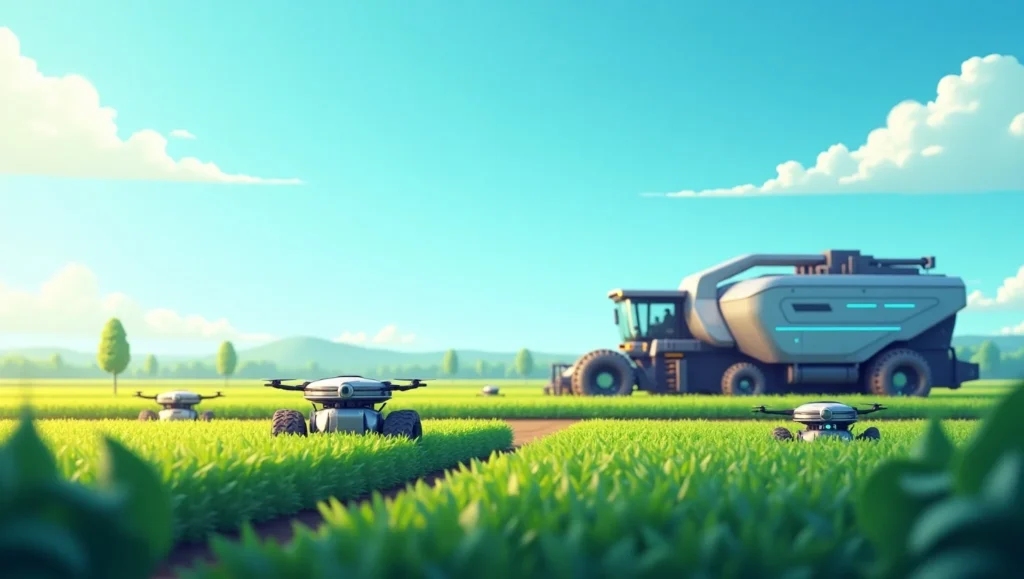
7. Government and Industry Support for AI Adoption
As small farmers continue to explore AI solutions, support from both the government and the agricultural tech industry is proving to be crucial. These partnerships are helping break down barriers and ensure that AI tools for small farmers are not just a dream but a viable reality.
The U.S. government has recognized the potential of AI in agriculture, offering various programs and grants to encourage small-scale farmers to adopt new technologies. For example, the U.S. Department of Agriculture (USDA) has funded several initiatives aimed at promoting precision agriculture tools and providing farmers with the resources to implement them effectively. Through grants and subsidies, the government is reducing the financial burden of adopting AI-powered systems for irrigation, crop monitoring, and pest control.
Moreover, industry collaborations are driving innovation that benefits small farmers. With AI solutions becoming more accessible, these partnerships ensure that even small-scale operations can tap into the power of smart farming technologies without breaking the bank.
8. The Future of AI in Small-Scale Farming
As AI technologies continue to evolve, the future for small farmers in the United States looks increasingly promising. With advancements in machine learning, robotics, and data analytics, AI is poised to become a cornerstone of modern farming practices, even for the smallest of operations.
One exciting development is the integration of AI-powered predictive analytics. These tools are becoming more sophisticated, offering even more accurate forecasts about crop yields, weather patterns, and pest threats. Small farmers will soon be able to access real-time insights with even more precision, allowing them to make decisions that are more data-driven and proactive, rather than reactive.
Additionally, as affordable AI solutions continue to emerge, small farmers will have access to technologies that were once reserved for larger operations. Smart irrigation systems, drone-based monitoring, and AI-driven machinery will become more affordable, intuitive, and scalable, enabling farmers to implement solutions that were previously out of reach.
With growing industry support, increasing government grants, and a focus on accessibility, the future of small-scale farming in the U.S. is increasingly tied to the intelligent adoption of AI. Small farmers have the potential to not only survive but thrive in an ever-changing agricultural landscape.

9. Conclusion and Call to Action
The integration of AI tools into small-scale farming is not just a technological trend, it’s a lifeline for farmers looking to thrive in an increasingly competitive and unpredictable industry. By leveraging AI-powered solutions, small farmers are able to make smarter decisions, reduce costs, and increase productivity while staying true to sustainable practices.
However, for these technologies to reach their full potential, ongoing support from the government, the agri-tech industry, and the farming community is essential. Small-scale farmers must continue to embrace innovation, from AI-powered crop monitoring to precision irrigation systems, in order to remain competitive and resilient in the face of challenges like climate change and market fluctuations.
If you’re a small farmer, now is the time to explore the wide range of AI tools available and see how they can transform your farm. Whether it’s improving yields, reducing costs, or ensuring environmental sustainability, the opportunities are endless. Don’t let fear of the unknown hold you back. The future of agriculture is digital, and the future is now.
Take the first step by researching AI solutions that fit your farm’s needs, and start building the farm of the future today. The tools are out there, let AI help your farm thrive!
FAQs:
Q1. What are AI tools for small farmers?
AI tools for small farmers are technology solutions that use artificial intelligence to optimize farming practices. These tools include crop monitoring systems, precision irrigation technologies, and AI-driven analytics platforms that help farmers make data-driven decisions, reduce waste, and improve crop yields.
Q2. How can AI improve small-scale farming?
AI improves small-scale farming by providing farmers with real-time insights through predictive analytics. It helps optimize resource usage, such as water and fertilizers, reduce operational costs, and enhance crop management with machine learning models that predict the best planting, irrigation, and harvest times.
Q3. What are the benefits of AI for small farmers?
The benefits of AI for small farmers include increased efficiency, higher crop yields, reduced labor costs, and more sustainable farming practices. AI tools help farmers monitor crop health, manage resources like water, and make informed decisions that lead to higher profitability and environmental benefits.
Q4. Is AI technology affordable for small farmers?
Yes, AI technology has become more affordable for small farmers in recent years. Many agri-tech companies are designing AI solutions that are cost-effective and scalable. Additionally, government grants and industry partnerships are helping make AI tools more accessible for small-scale operations.
Q5. How can small farmers get started with AI tools?
Small farmers can get started by researching AI tools that are designed for their specific needs, such as crop monitoring or irrigation systems. They can explore government programs, grants, and tech industry partnerships that offer training and funding opportunities to ease the adoption process.
Related Articles
Livestock Farming
AI in Aquaculture: How Smart Tech is Transforming Fish Farming
1. Introduction: The world’s appetite for seafood is growing fast, yet traditional...
Livestock Farming
The Future of Farming: Why AI-Powered Tractors Are Gaining Popularity
1. Introduction: Across the world, farmers are grappling with rising costs, shrinking...
Livestock Farming
Using AI to Track Livestock Health and Prevent Disease Outbreaks
1. Introduction: In recent years, livestock farmers around the world have faced...
Livestock Farming
How Machine Learning Is Changing Fertilizer Application on Farms
1. Introduction: For decades, farmers have applied fertilizer using general formulas, blanket...
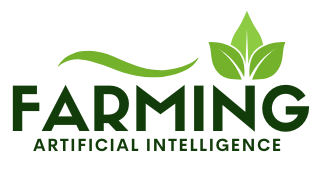




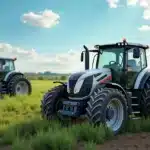


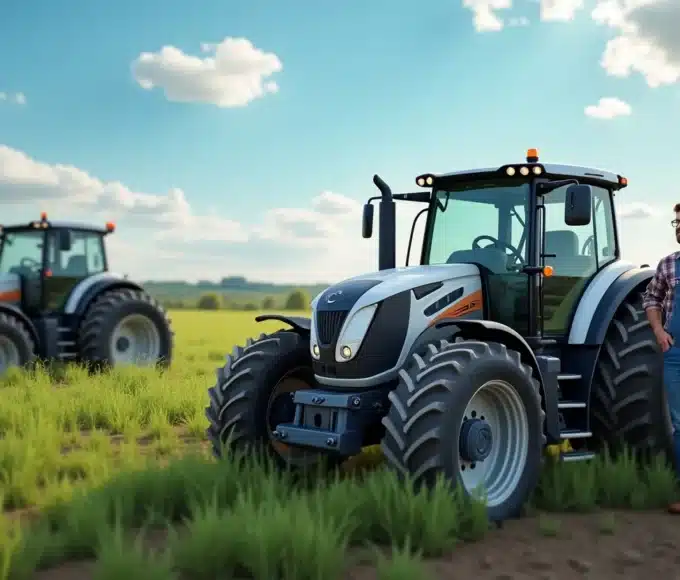
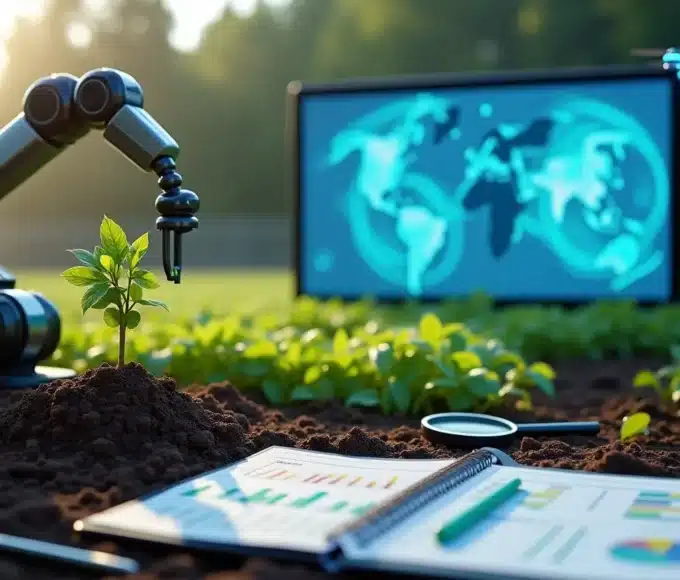
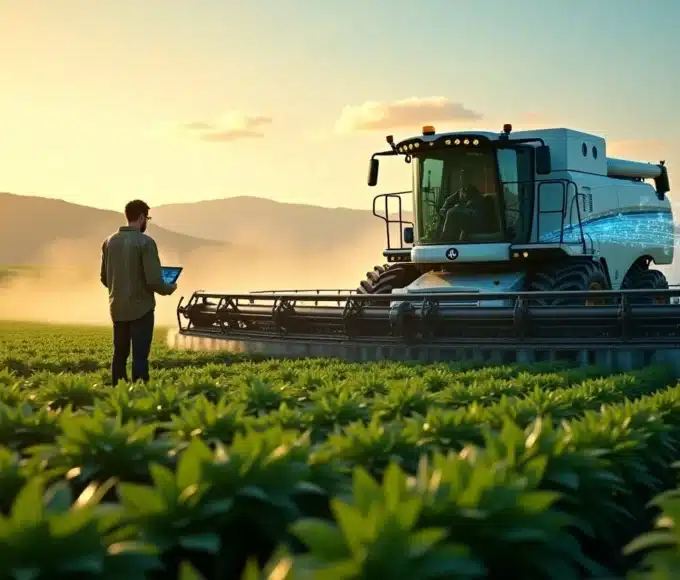
Leave a comment